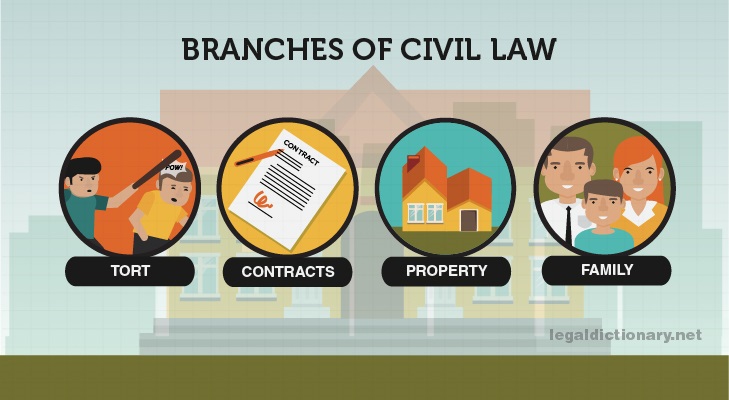
- Teacher: Mohammad Abu Sufian

There is no content in this section.
To add content, click on the above link ‘Edit course text’
This course offers a comprehensive overview of agriculture and agronomy in Bangladesh. It covers the history, development, and significance of agriculture, with a focus on technological advancements and agro-ecological zones in the country. Students will explore the basics of agronomy, including crop classification, and the factors influencing crop production, such as climate, soil, and water. The course delves into plant growth, quality seed properties, and vegetative propagation methods for field crops. It also covers field preparation techniques, including tillage practices, implements used, and the importance of good tilth for optimal plant growth. Additionally, students will learn about soil productivity, plant nutrition, and the sources and classification of nutrients. The course emphasizes integrated nutrient management, using bio-fertilizers, chemical fertilizers, and manures to maintain soil fertility. This course equips students with essential knowledge for sustainable agriculture and effective crop production practices in Bangladesh.
The course is designed to develop an understanding of methods and techniques used to analyze textile fibre, yarns and fabrics for end-use performance and to acquire knowledge and understanding of various structural properties of textiles and relate to end use fabric performance and product. After successful completion of the course, students will be able to- CO 1: Explain the terminology, basic concepts of quality and quality control. CO 2: Conduct on-line quality control (process control and product control) and inspection for each sector of the industry. CO 3: Measure sliver, roving and yarn irregularity and analyze length variance, imperfections, yarn hairiness using different statistical tools CO 4: Estimate the damage to materials caused by different physical and chemical treatments in wet processing sector. CO 5: Prepare a master plan of quality control and inspection in association with costing for manufacturing quality product in Yarn/ Fabric/ Apparel manufacturing industry and also in wet processing sectors.